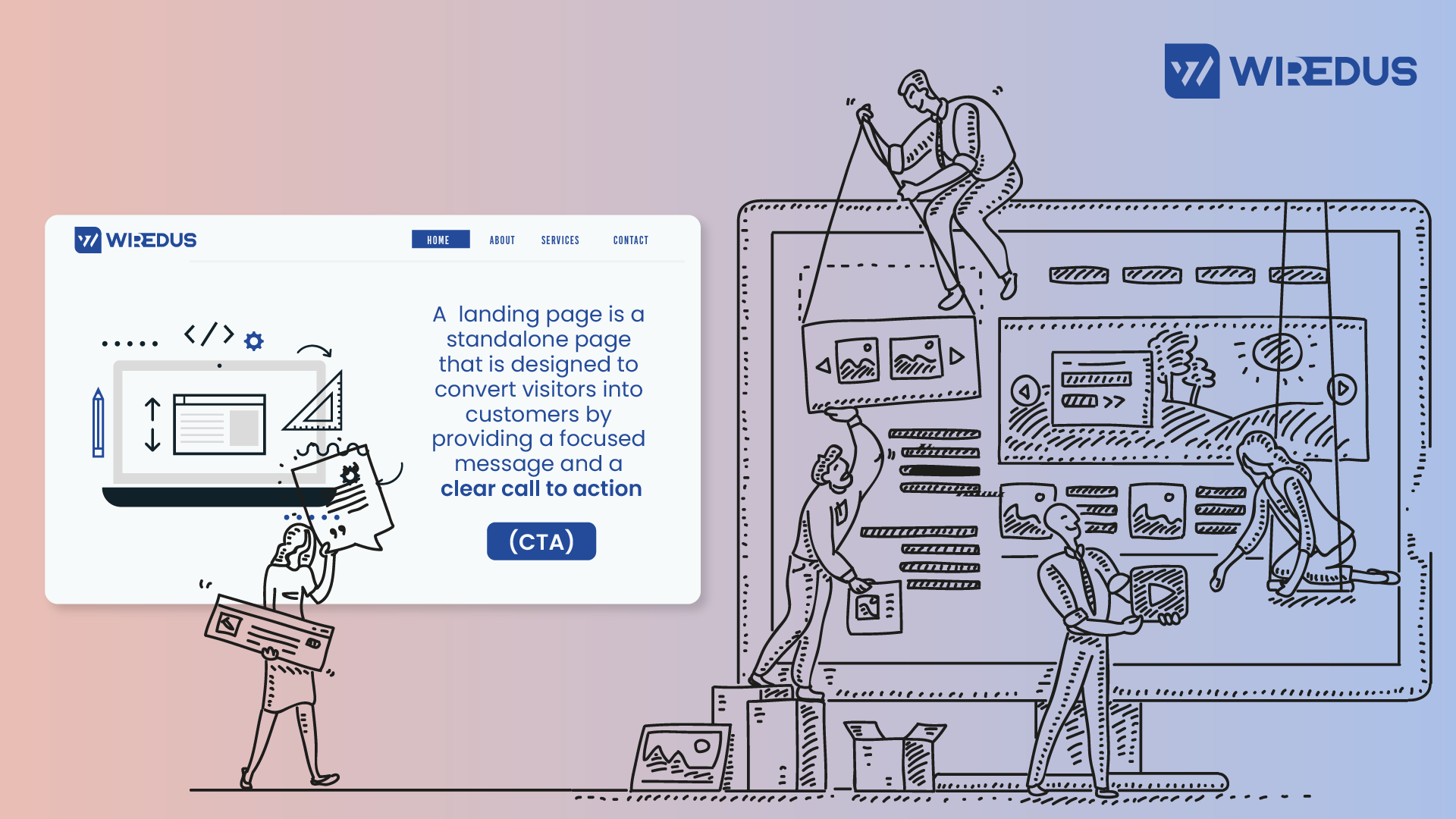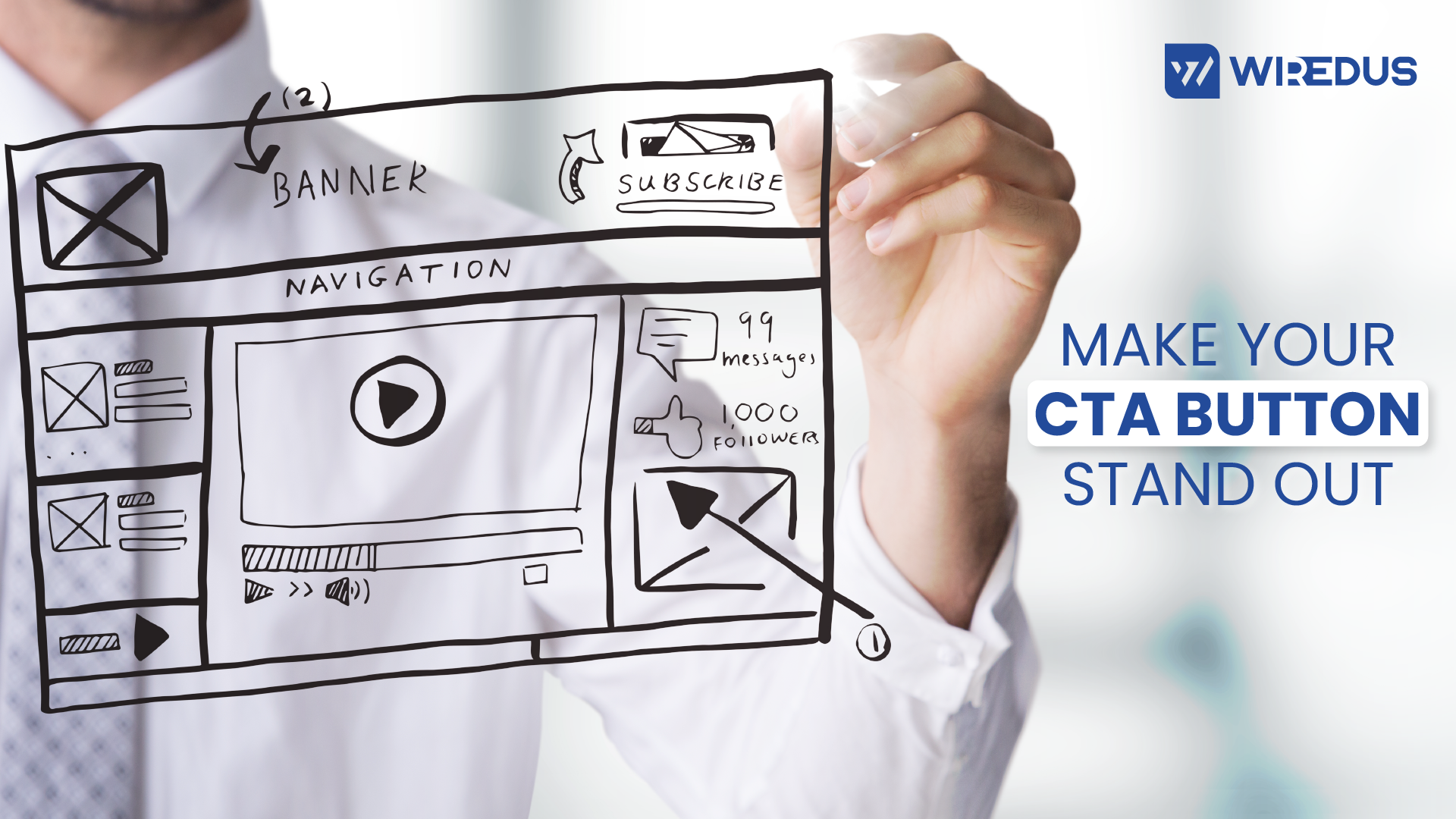As the digital landscape continues to evolve, businesses are becoming increasingly reliant on effective landing pages to boost their online presence and drive conversions.
A landing page is a crucial element of any marketing strategy and can make or break the success of a campaign. With so much at stake, it is important to understand the best practices for creating great landing pages that not only attract visitors but also increase conversions.
A landing page is a standalone page that is designed to convert visitors into customers by providing a focused message and a clear call to action (CTA).

In this article, we will explore five essential landing page best practices, including the importance of a clear CTA button, using social proof, removing navigation, optimizing for mobile devices, and crafting compelling landing page copy.
By implementing these best practices, you can create landing pages that effectively engage visitors, boost conversion rates, and ultimately achieve your conversion goals. We will also examine case studies of successful landing pages to provide real-world examples of how these best practices can be put into action.
So, let’s dive in and discover how you can optimize your landing pages for maximum impact and success.
Have a Clear Conversion Goal
The first step in creating a great landing page is to define your conversion goal. What action do you want your visitors to take? Do you want them to sign up for your email list, request a demo, or make a purchase? Whatever your goal is, make sure it’s clear and easy to understand.
Once you have defined your conversion goal, make sure that your landing page is designed to support that goal. Your messaging, images, and CTA should all be aligned with your conversion goal. For example, if your goal is to get visitors to sign up for your email list, make sure your landing page emphasizes the benefits of doing so and provides a clear form for visitors to enter their email address.
Make Your CTA Button Stand Out

Your CTA is the most important element of your landing page, as it is the thing that will ultimately drive conversions. Make sure your CTA button stands out and is easy to find on the page. Use contrasting colors to make it pop, and make sure the text on the button is clear and action-oriented (e.g. “Sign Up Now” or “Get Your Free Trial”).
It’s also a good idea to include multiple CTAs on your landing page, especially if it is long. This way, visitors don’t have to scroll all the way back up to the top of the page to convert.
Use Social Proof
Social proof is a powerful tool that can help you build trust with your visitors and increase conversions. Social proof can take many forms, including customer testimonials, case studies, and social media shares. Including these elements on your landing page can help visitors feel more confident in their decision to convert.
Make sure your social proof is relevant to your product or service and is placed strategically on the page. For example, if you’re selling a fitness product, including a testimonial from a satisfied customer who achieved great results with your product can be very effective.
Remove Navigation

One of the key elements of a great landing page is focus. You want your visitors to be focused on your conversion goal, and anything that distracts from that goal should be removed. This includes navigation menus, which can lead visitors away from your landing page and reduce the chances of conversion.
Remove navigation menus from your landing page to ensure that visitors stay focused on your message and your CTA. If you need to include links to other parts of your website, consider including them in the footer or on a separate thank you page that visitors are directed to after they convert.
Optimize for Mobile Devices
More and more people are accessing the internet on their mobile devices, so it’s important to make sure your landing page is optimized for mobile. This means using a responsive design that adjusts to fit the screen size of the device being used.
Make sure your CTA button is large enough to be easily clicked on a mobile device, and that your images are optimized for fast loading times. You should also consider shortening your copy for mobile visitors, as they may be less likely to read long blocks of text.
Conclusion
Thus, when it comes to designing landing pages, following the best practices can have a significant impact on your conversion rates. By implementing user-centric design elements, such as a clear CTA button and social proof, and optimizing for mobile devices, you can boost conversion rates and achieve your conversion goals. By removing navigation and focusing on the key message of your product or service, you can ensure that visitors remain on your landing page and are more likely to take action. Including case studies and a compelling image on your landing page can also increase conversions and provide a positive user experience. Lastly, utilizing contrasting colors and providing an easy way for visitors to enter their email address or phone number can further improve your landing page’s success.


